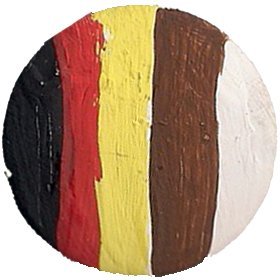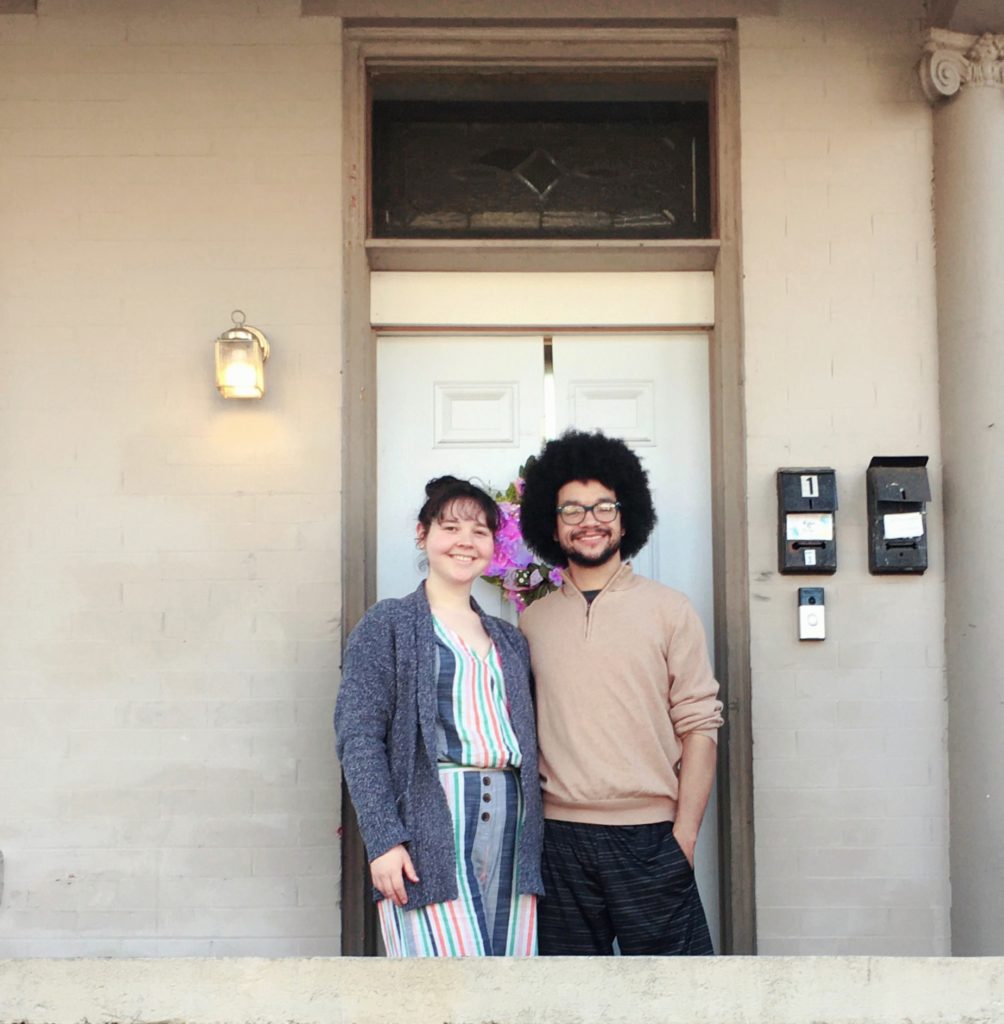I am no stranger to the Confederate flag. It waved in the back of pick-up trucks at my high school’s student parking lot. It was tattooed onto the arms of my peers. It was a sticker slapped on a Yeti cooler. Last week, my eye caught a glimpse of the Confederate flag in the thumbnail of a video on my YouTube feed. Normally, I would roll my eyes and go on about my business but this image was different than any I had seen before. A pair of white and black hands shaking in solidarity was plastered on the forefront of the flag. So, instead of scrolling on, I clicked on the video out of intrigue.
The video provided a brief history of The Rainbow Coalition, a civil rights group of Black Panthers, young Latinos, and poor, white Appalachian migrants in Chicago during the Civil Rights era. As an Appalachian (whose family actually migrated to Chicago at one point), I could not believe I never heard of this piece of history. After watching the brief video, I needed to know more about this movement. I found a PBS documentary published in January of 2020, grabbed a notebook, and ventured into a side of American history I knew seldom about.
Most of us know the major bullet points of the 1960s civil rights movement. Every US city was fighting a race war and Chicago, Illinois was no exception. Chicago’s relatively higher wages attracted black and white populations from the South as well as Puerto Rican populations. Black populations settled in the Westside and Southside, Appalachians migrated to Uptown, and Puerto Ricans called Lincoln Park home. Segregation meant that folks did not venture outside their neighborhoods. Despite the dividing lines, these three populations faced nearly identical issues: police brutality, poverty, poor living conditions, and other discriminations. These issues were worsening and people were fed up. Under Fred Hampton’s leadership, the Black Panther Party rose to give “power to the people” and that they did. They inspired The Young Lords, a group that formed from Puerto Rican street gangs, and The Young Patriots, a group of Appalachian migrants. Together, they banded to form the Rainbow Coalition in the spring of 1969 after about a year of organizing.
Before The Young Patriots were formed, Appalachians in Uptown were fed up with discrimination, police brutality, and poverty. A series of articles were released that classified this new wave of migrants as “a different breed of hillbillies” and pinned them as violent, incestuous, ignorant, and racist. Hy Thurman (a leader of Young Patriots featured in the documentary) migrated from Eastern Tennessee and experienced this reality first-hand. People were fed up with being labeled as “white trash” so when the Students for a Democratic Society came to Uptown and formed Jobs or Income Now (JOIN), it provided the community with political ideology; jobless men and women now had a cause to rally behind.
When the Black Panthers heard about JOIN, leaders Fred Hampton and Bobby Lee (leader of the Black Panther Party) walked into a JOIN meeting to extend their support to the group. At first, there were suspicions of the Black Panthers, that they were armed terrorists. Likewise, the Black Panthers were concerned about the Confederate flag patches on JOIN members’ clothing. Despite the racial tensions, the Black Panther Party and the Appalachians at the JOIN meeting found common ground. They both wanted fair housing, economic equality, and police brutality to end. Bobby Lee even said “My name is Bobby Lee but my real name is Robert E. Lee” which prompted a laugh from the room.

That meeting was the start of many more meetings between the two groups. Eventually, all three groups (Black Panthers, Young Lords and Young Patriots) began meeting together to form the Rainbow Coalition. They united by wearing buttons striped with black, red, brown, and white. Regardless of what color one was, they all wore the same pin with equal pride. Although they were united around the same issues, some of the Black Panther members refused to support the Young Patriots and left the group. In solidarity with the Young Patriots, Fred Hampton approved of members wearing their Confederate flag patches at meetings and rallies as it took on a new meaning within the Rainbow Coalition. Young Patriots began wearing the Confederate flag with black power symbols and phrases (like the flag mentioned in the beginning of this post) to spark racial conversations among their white peers.
The Rainbow Coalition grew to become an amazing civil rights movement aimed at giving power to the people – all people. Sadly, after the murder of Fred Hampton by law enforcement, the Rainbow Coalition was forced to go underground. People moved out of the city in fear of their own lives being taken. Despite these circumstances, the fruit of their sacrifices can be observed years later when the same communities affected by the corruption voted out Mayor Daley and State’s Attorney Edward Hanrahan. In 1983, Chicago elected their first Black mayor, Harold Washington.
As we celebrate the first nationally recognized Juneteenth, I reflect on the legacy Black leaders have left behind and the hard, continuous fight they put forth to achieve equity in this nation. There is a long road ahead to winning that fight, but stories like the Rainbow Coalition give me hope for what is to come.

I am one half of an interracial relationship – the white half. My partner is both black and white. About a year ago, I invited him and his family to join my family for a lunch in Tennessee. As we were walking around, he noticed a Confederate flag sticker that displayed the words “Southern Pride” underneath. He pointed it out to me and explained how uncomfortable he felt after seeing that. Naturally, I was embarrassed and knew that it would set the tone for future trips to Appalachia with him. I sincerely hope that one day, we are able to travel to the region I call home in absence of fear and anxiety. I hope that white Appalachians cast the bigotry of the Confederate flag aside and acknowledge the systematic discrepancies among all races, nationalities, and socioeconomic statuses. This fight is not over. I see glimpses of hope and progress within the Appalachian community every day. Modest, but powerful, Black Lives Matter rallies were held all across Appalachian cities last summer. Young, black Appalachian leaders have been outspoken about their experiences and are perpetuating positive change within their small communities. Through activism, voting, and conversation, we can build the society the Rainbow Coalition dreamt of over half a century ago.
Feature photo original source: https://southsideweekly.com/fifty-years-fred-hampton-rainbow-coalition-young-lords-black-panthers/ — Photo courtesy of Cha-Cha Jimenez.

